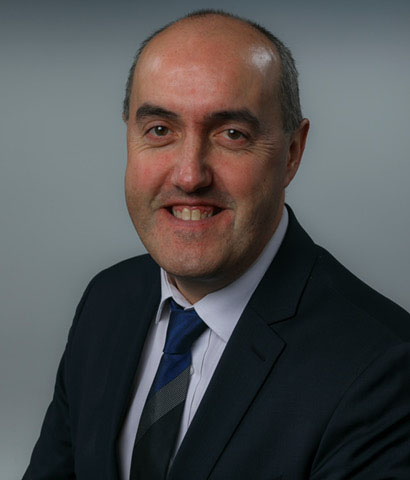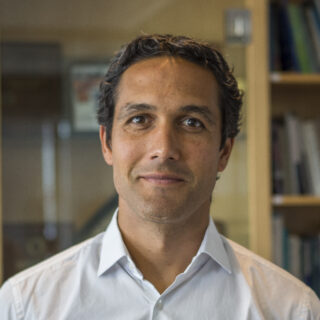
Q: What is meant by joy at work mean and how can it help in improving health and care?
MF: Joy at work will mean different things to different people. Generally we mean how staff are motivated, inspired and encouraged to deliver their best, how they are supported with their health and well-being, how they are empowered to make improvements, and how their efforts are recognised and celebrated.
There is a huge body of evidence that highly motivated and engaged staff deliver improved quality of care to patients and their families, as well as improving the health and wellbeing of staff.
Q: Is it really possible to make changes in the workplace by making joy and work a priority?
MF: There are many NHS organisations that have improved the lives of their staff through dedicated efforts, some of whom have been recognized in the HSJ Best Places to Work lists and HSJ awards. East London NHS Foundation Trust, will present its story of improving joy at work in the session.
In 2009, the Trust’s staff survey scores were below the national average. By making this area a strategic priority, focusing on what matters to staff, and using improvement science, the Trust obtained the best scores in the country in 2014 and was the winner of the 2015 HSJ staff engagement award and 2016 Provider Trust of the Year Award.

Q: What are the key ingredients needed to start improving joy at work?
PD: To shift the conversation from burnout to joy in work, the key is for leaders to approach this issue one step at a time. First, we as leaders need to do the same with staff that we recommend clinicians do with patients: ask, “What matters to you? What brings job satisfaction? What creates pride in the organisation? What does it look like when we’re at our best?”
The next step is to identify the specific things that get in the way of attaining what matters most to staff at the local level. There will be some common issues, but there will also be variation depending on the individual, ward, department, unit, program, clinic, project or team. What wears down the energy and morale of staff? What are the pebbles in their shoes?
The third step is for leaders to clearly demonstrate that joy in work is a shared responsibility at all levels of their organisation. Leaders cannot hand over primary responsibility for joy in work to their human resources department and expect staff to believe it’s an organisational priority.
Step four is to use improvement science to design changes to test, and develop an approach to assess whether or not these changes are leading to improvement. By combining the discipline of PDSA cycles with some of the known approaches to improving employee satisfaction — and co-designing these tests with staff from the start — you can increase staff’s engagement in meaningful improvement.
Q: Can you give us a sneak peak of what members can expect from your session?
PD: It will be an interactive session where we’ll have the opportunity to define and reflect upon Joy in Work, learn about IHI’s Joy in Work Framework and ELFT’s efforts to implement Enjoyment at Work as a key organisational priority and take back practical ideas for immediate application.
Q UK-wide annual event, Wednesday 19 September , Birmingham NEC
Joy at Work breakout session,13:30 – 14:40
There are a small number of spaces available for this session – sign up at registration on the morning of the event if you want to attend